It’s not just a horror movie trope—cannibalism is a survival strategy for some creatures. From insects to mammals, the animal kingdom hosts a surprising number of species that occasionally turn on their own kind out of necessity or instinct. Whether it’s due to competition, scarcity of resources, or simply a part of their life cycle, this behavior is more common than you might think.
1. Praying Mantises Have Dinner Dynamics
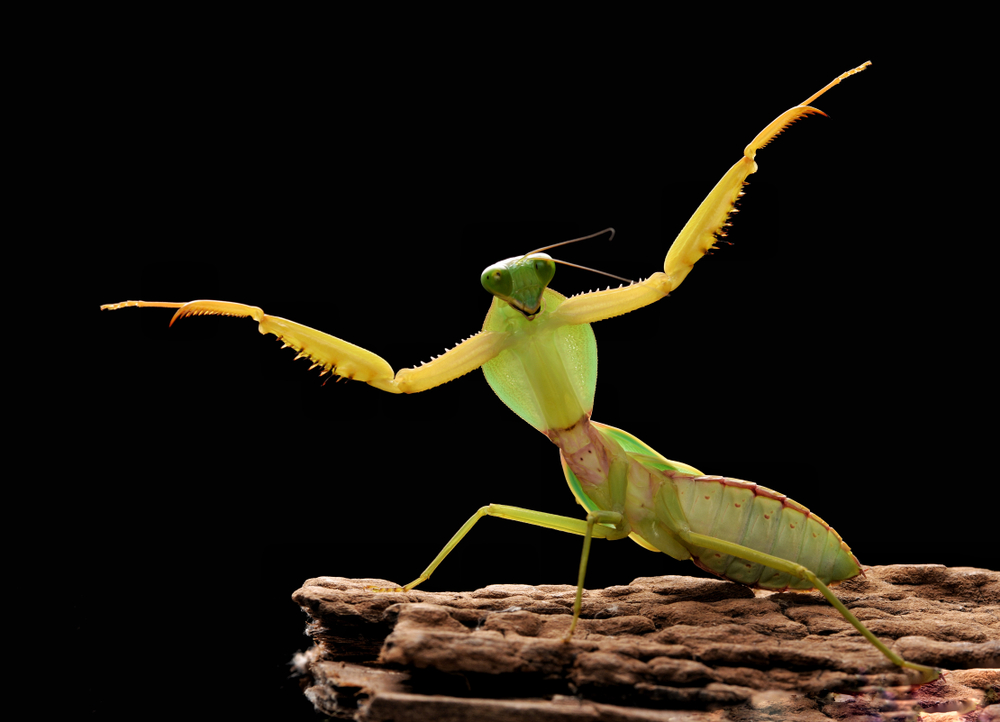
Praying mantises might look serene with their prayer-like posture, but their mating rituals are anything but calm. Female mantises are known to cannibalize their mates during or after mating. While this may sound brutal, it’s believed to provide nutritional benefits to the female, enhancing the survival chances of her offspring. The male mantis, aware of the risk, plays his part with a curious mix of flirtation and strategy. This macabre dance ensures that the female gets a hearty meal, which could be crucial in the nutrient-scarce environments they often inhabit.
2. Black Widow Spiders Are Notorious for a Reason
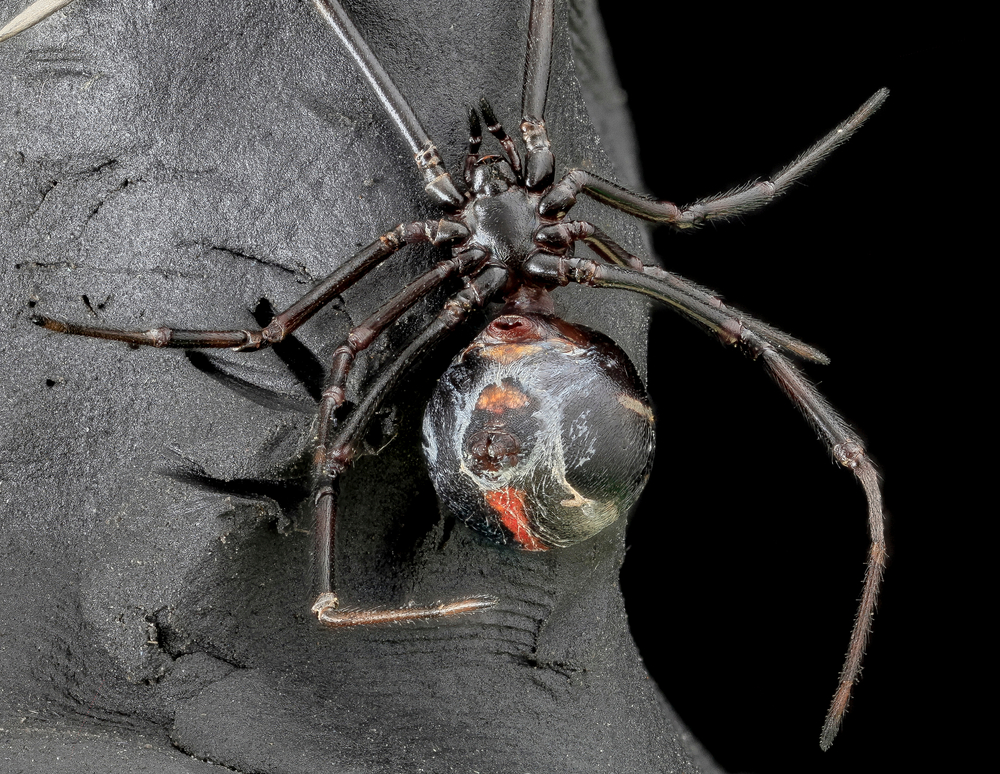
The black widow spider got its name for a very macabre reason. Female black widows are infamous for consuming their mates post-mating. This behavior is thought to enhance the female’s reproductive success by offering additional nutrients. In some cases, the male might willingly sacrifice himself as a final act of courtship. Despite the grim nature of this act, it serves a practical purpose in ensuring that the female has enough sustenance to produce healthy offspring, giving her genes a better chance to carry on.
3. Sand Tiger Sharks Begin with a Battle Royale
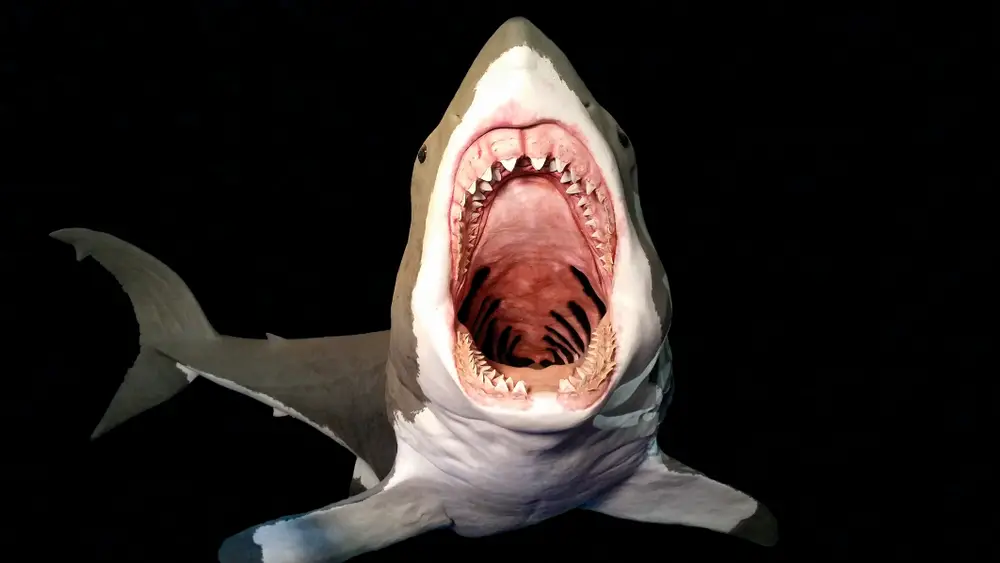
Before they even breathe, sand tiger sharks engage in a fierce survival competition. Inside their mother’s womb, embryos develop teeth and begin consuming their siblings in utero in a process known as intrauterine cannibalism. This ruthless behavior ensures that only the strongest sharks survive to birth. This strategy results in fewer offspring, but those who make it into the world have a head start in terms of size and strength. In the ocean’s harsh environment, this early advantage can make all the difference.
4. Polar Bears Turn to Each Other in Desperation
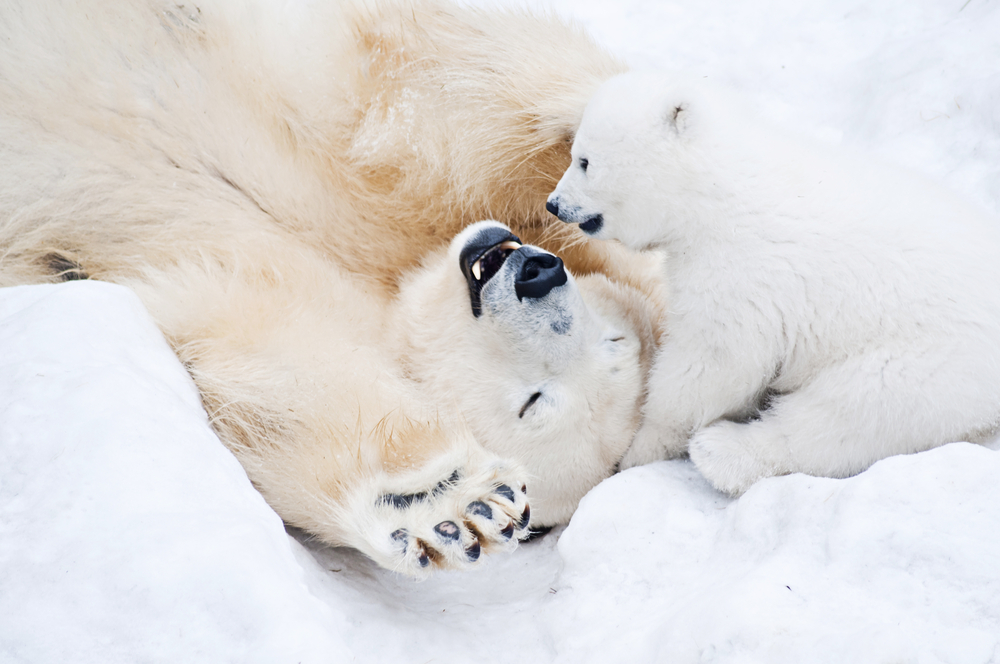
Polar bears are typically solitary hunters, but environmental pressures have led to some instances of cannibalism. As climate change affects sea ice and the availability of seals—their primary food source—some polar bears have resorted to preying on their own species. While this behavior is not the norm, it highlights the desperate measures animals might take when their survival is at stake. It’s a stark reminder of the impact of environmental change on wildlife and the lengths to which animals might go to survive.
5. Salamanders Have a Morbid Growth Strategy
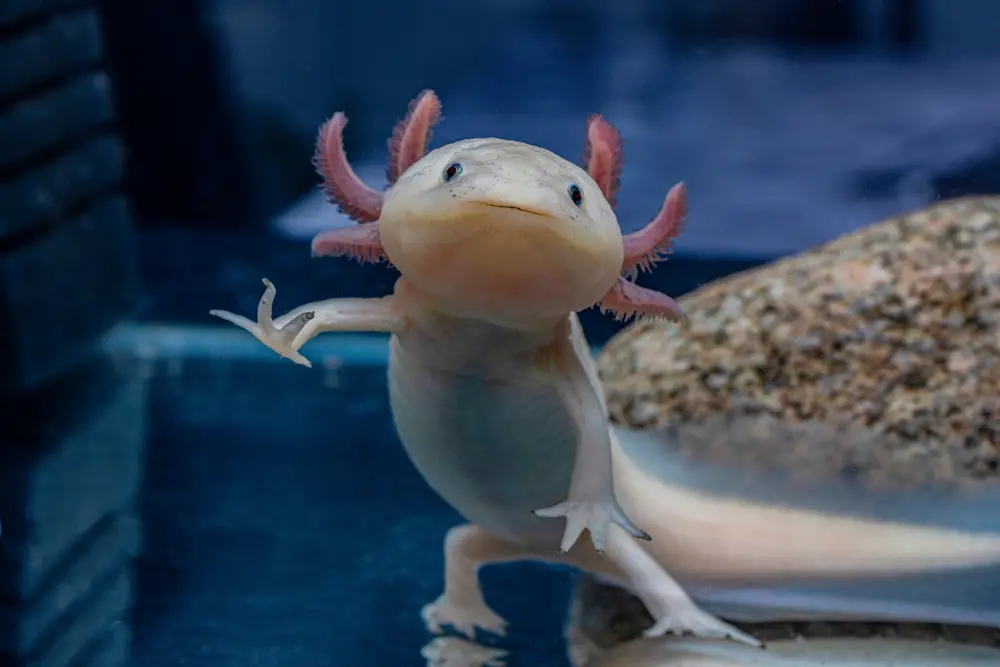
Some salamander species exhibit a fascinating yet gruesome survival strategy known as facultative cannibalism. When resources are scarce, young salamanders may consume their siblings to increase their chances of survival. This behavior is particularly common in crowded environments where competition for food is fierce. By eliminating some of their siblings, the surviving salamanders benefit from reduced competition and increased access to limited resources, thus enhancing their growth and development during critical life stages.
6. Lions Engage in Survival of the Fittest
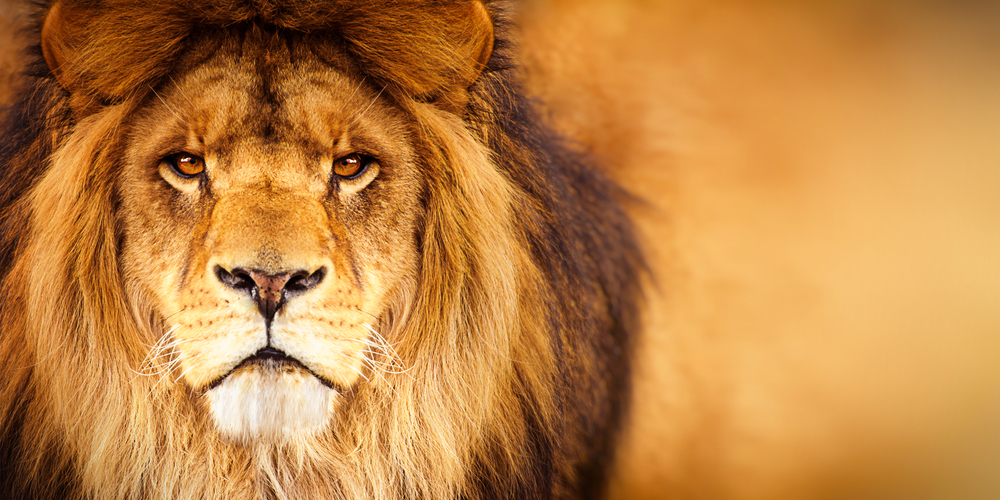
Lions may be the jungle kings, but they are not above resorting to cannibalism under certain circumstances. Male lions that take over a new pride may kill and sometimes eat their predecessors’ cubs. This brutal behavior is a strategy to ensure their own genes are passed on, as the lionesses come into heat sooner without dependent cubs. It’s a harsh reality of the animal kingdom, where ensuring the survival of one’s own lineage can sometimes mean making difficult, and brutal, choices.
7. Chimpanzees Are Not Just Our Gentle Cousins
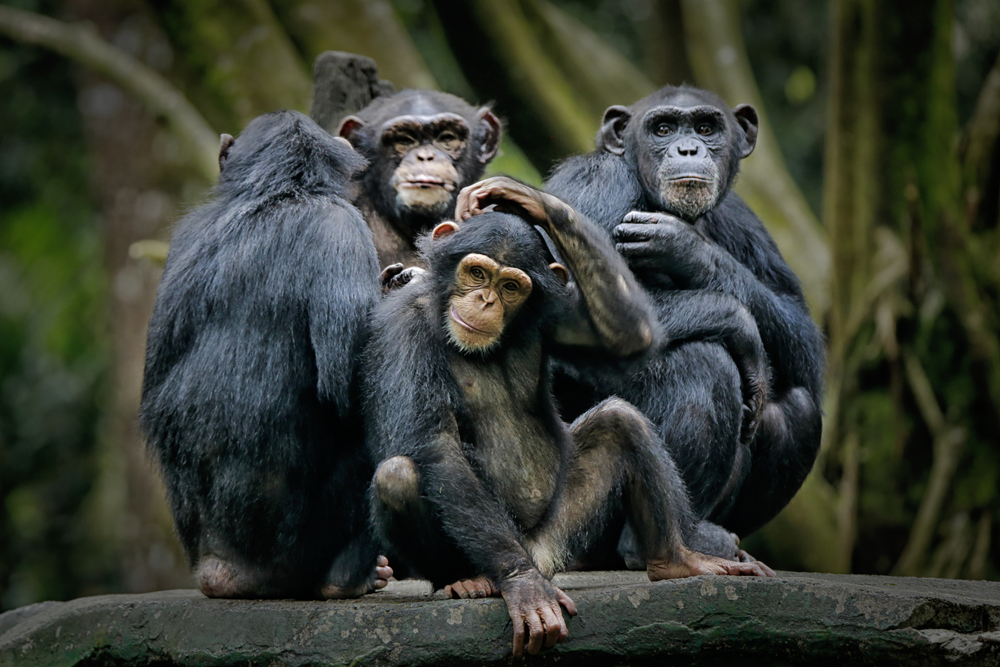
Chimpanzees, our close relatives, have been observed engaging in cannibalistic behavior, particularly during inter-group conflicts. While they mostly eat fruit, in times of stress or competition, they may prey on individuals from rival groups. This behavior is usually linked to territorial disputes or power struggles. Cannibalism among chimpanzees serves as a stark reminder that even our closest animal relatives can exhibit aggressive survival tactics, highlighting the complex social dynamics and survival strategies that govern animal behavior.
8. Octopuses Are Surprisingly Cannibalistic

Octopuses are fascinating creatures, known for their intelligence and adaptability, yet they also exhibit cannibalistic behaviors. When resources are scarce or during mating, larger octopuses might prey on smaller ones. This behavior may seem contradictory to their typically solitary and elusive nature, but it’s a survival strategy in competitive marine environments. The cannibalistic tendencies of octopuses serve as a reminder of the cutthroat life beneath the waves, where survival often means taking extreme measures, even among one’s own kind.
9. Chickens Can Be Peckishly Aggressive
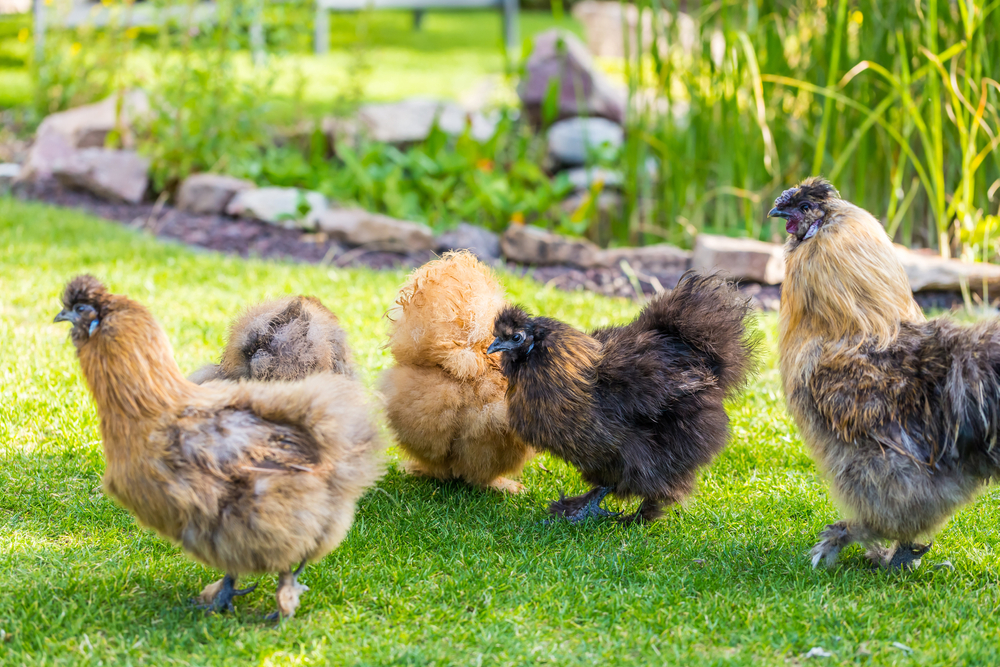
Chickens might seem like harmless farm animals, but they can exhibit surprising aggression, sometimes leading to cannibalism. Factors like overcrowding, inadequate nutrition, or stress can trigger this behavior, where chickens peck at and consume each other’s skin and flesh. Farmers often implement beak trimming or environmental enrichment measures to prevent such occurrences. This behavior underscores the importance of proper animal husbandry and the sometimes surprising behaviors that can emerge in seemingly docile creatures under stress.
10. Spotted Hyenas Have a Dark Side
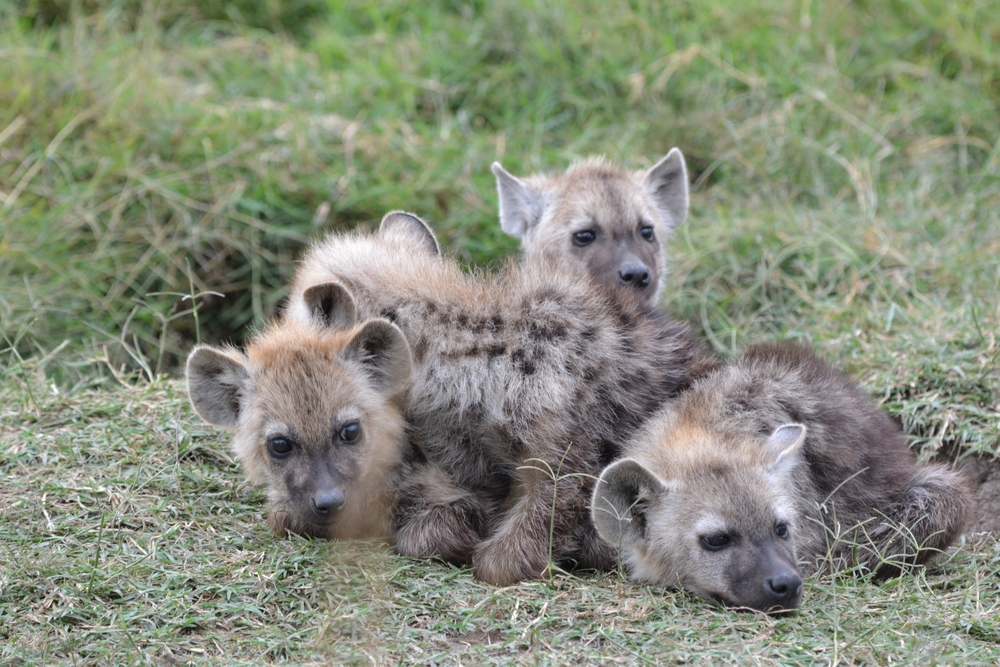
Spotted hyenas are known for their complex social structures and matriarchal clans, but they also have a darker side. In times of scarcity, hyenas have been observed attacking and eating members of their own species, particularly the young or infirm. This behavior is often driven by the intense competition for food resources in their harsh environments. While it may seem brutal, it’s a reminder of the survival pressures that govern life in the wild, where even social bonds can be tested by the need to survive.
11. Frogs Exhibit Cannibalistic Tadpole Behavior

Cannibalism among frogs is particularly common during their tadpole stage. Larger tadpoles may consume their smaller siblings when food is scarce to ensure their growth and development. This behavior is often seen in crowded environments where competition for resources is intense. By reducing the number of rivals, cannibalistic tadpoles can access more food and develop more quickly, offering them a better chance of survival once they transition into adult frogs. It’s a brutal yet effective survival tactic in the amphibian world.
12. Scorpions Show No Mercy When Hungry
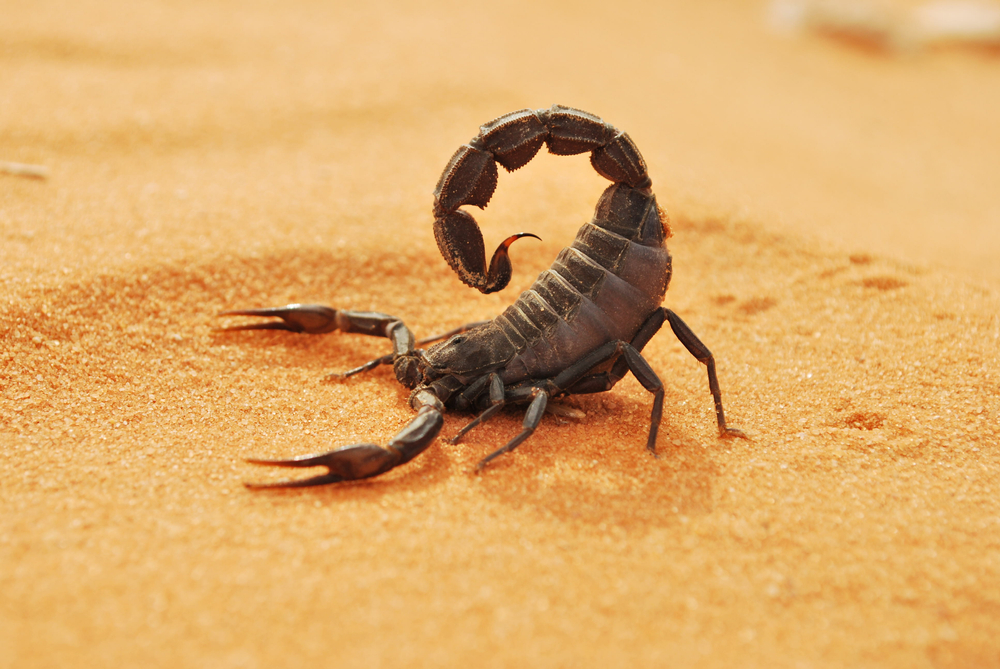
Scorpions are formidable predators, and when food is scarce, they might even turn on each other. Cannibalism is often observed in overcrowded conditions or when prey is not readily available. This behavior is not just about survival but also a method to reduce competition among individuals. In the harsh desert environment where many scorpions live, every meal counts, and sometimes, the nearest meal might be a fellow scorpion. This cannibalistic behavior underscores the harsh realities of survival in extreme environments.
13. Wolves Sometimes Turn on Each Other
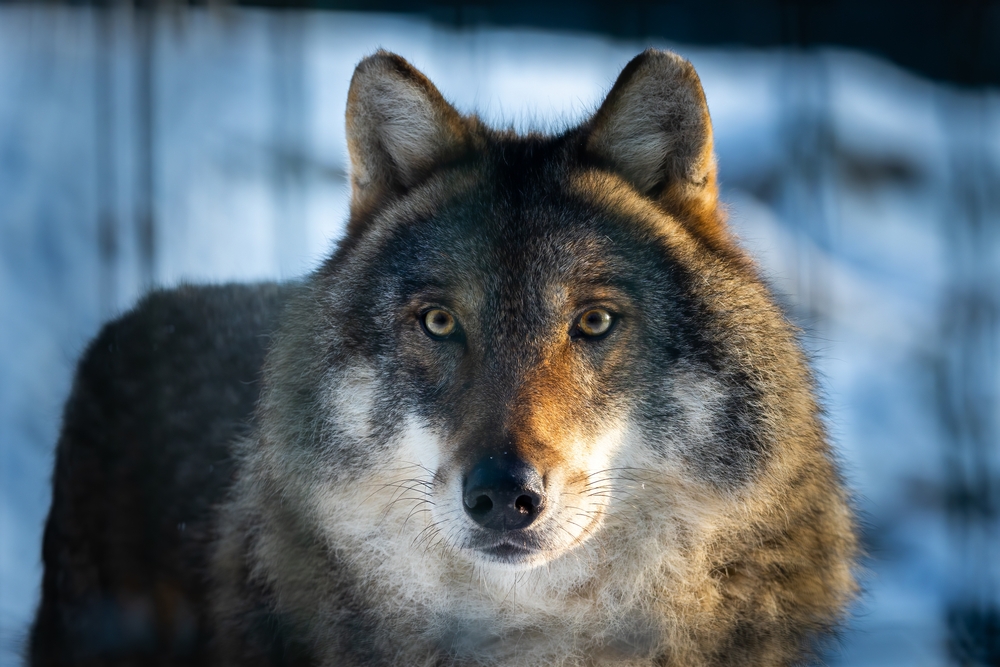
Wolves are social animals known for their tight-knit packs and cooperative hunting. However, when food becomes extremely limited, instances of cannibalism have been reported. Typically, this behavior arises during harsh winters or in territories with depleted prey populations. Cannibalism among wolves is a last resort, driven by desperation and survival instincts. Despite their social nature, the need to survive can push these animals to take drastic measures, emphasizing the challenging balance between cooperation and competition in the wild.
14. Crickets Engage in Combat and Consumption
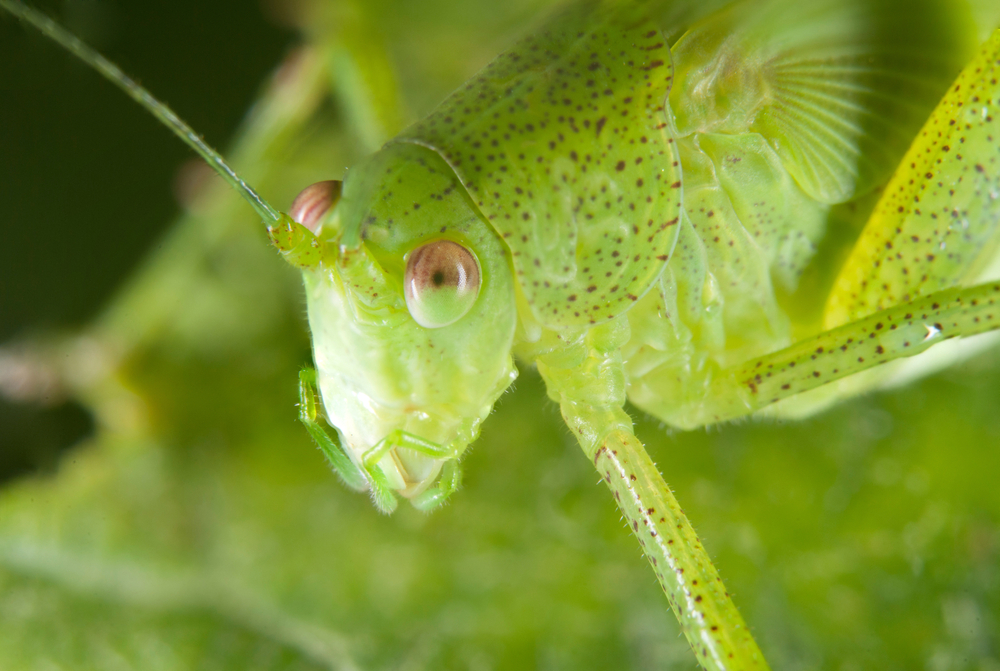
Crickets may seem like benign insects, but they can display aggressive cannibalistic tendencies, especially when resources are scarce. Crickets might attack and consume their own kind in crowded or resource-depleted environments. This behavior helps reduce competition for limited food sources, allowing the survivors to thrive. It’s a stark example of the survival strategies employed by insects in the face of adversity. While it may seem brutal, it’s all part of the complex web of interactions that define life in the insect world.
